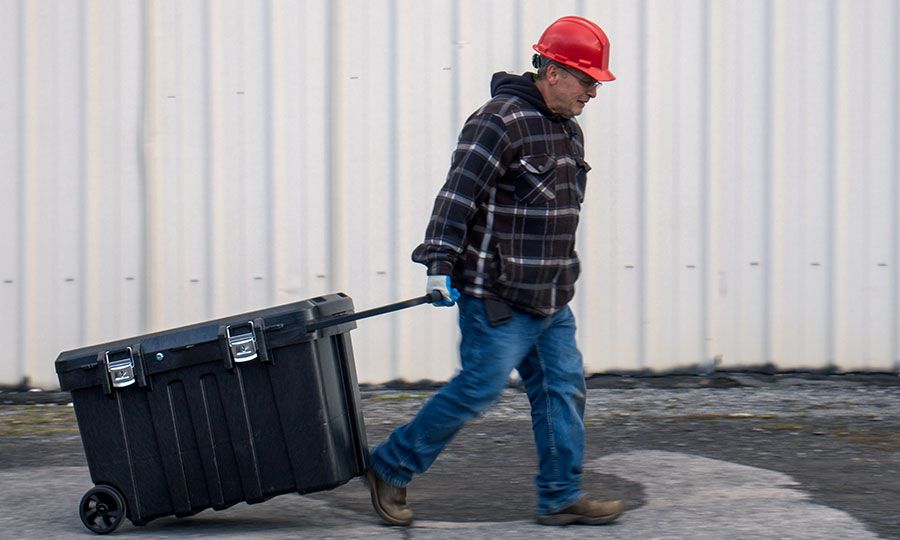
RECENT POSTS

Five Spill Response Best Practices
The key to oil spill containment and cleanup is speed and efficiency. Implementing a sustainable response strategy will not only save you money but also creates a safer environment. Here are five spill response best practices that you can follow to ensure your Company’s success.
-
1. Educate Your Team
Workers that may encounter hydrocarbon spills need to be educated on proper containment and cleanup procedures. They should also be trained to use spill control materials correctly and efficiently.
Workers should understand the health, safety, and environmental risks associated with hydrocarbon spills. They should understand the potential for oil and fuel to reach waterways. They should be aware of the risk of fires and explosions. They should also be concerned about the risk of slips and falls due to oil leaks and avoid these hazards risks.
-
2. Be Prepared
Provide workers with documented procedures and plans that cover actions, policies, control techniques, management practices, communication methods, and equipment instructions. Time is everything, and if workers are unclear on the necessary steps to take, that lost time could cost you dearly.
-
3. Perform Regular Maintenance
Regular maintenance of vehicles and equipment will help you identify the source of minor leaks before they become big problems. If possible, leaky gaskets or valves should be replaced. Remember, eliminating a potential leak should always be the first step. Preventing spills is still preferable to responding to them.
-
4. Contain Spills Quickly
Workers should be aware that speedy containment is the number one priority for oil spill response. Confining the spill not only reduces the risk of contaminating nearby areas but allows time for emergency responders to arrive on the scene to begin the cleanup.
It’s not just big spills you need to be concerned with; slow and persistent leaks often go undetected. Once you identify the source, use the right sorbents to absorb oil and fuel before becoming a problem.
-
5. Notify Proper Authorities
In the event of a hydrocarbon spill, it’s imperative that the event is documented correctly and the appropriate authorities are notified when necessary. If there are sudden threats to public health or welfare, reporting requirements are then triggered. Failure to do so can lead to even bigger problems, such as shutting down operations and hefty fines.
Learn More
If you have any questions on finding the right spill control products to meet your needs, our Customer Success Team is available by chat or by phone at 814-822-2004.
For more oil spill containment training, be sure to check out our new “In the Trenches” Video Training Series. Our first course, Controlling Oil Spills on Land, is now available. Signup below – it’s free to enroll.
"In the Trenches" Training
Introducing a mobile-based training series designed to guide your team in fast, effective ways to control and clean up oil spills, sheens, and sediment in stormwater. Developed with and for you by the HalenHardy team.